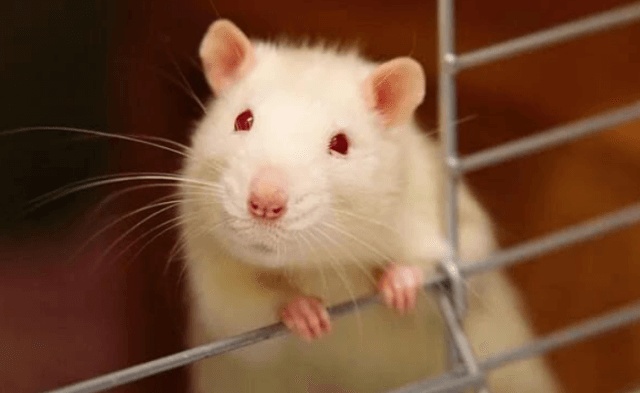Bucket lists aren’t about “things to do before you kick the bucket”—they’re all about experiencing something new and adventurous, often while doing activities that help others, such as attending or organizing a demonstration for animals!
Taking part in a demonstration for animals can be as easy as joining PETA’s Action Team. Once you sign up, we’ll contact you about upcoming events and demonstrations in your area.
Holding a demonstration on your own is also on many folk’s lists and can be a fun and extremely effective way to reach lots of people and get the word out about animal issues. A demonstration can be as simple as you plus a sign and a stack of leaflets and might take just an hour of your free time. Or it can be an elaborate event (especially if dressing in a giant chicken costume is also on your bucket list!). Whether you want to kick the Colonel’s bucket in a KFC demo or take on Ringling when the circus rolls into your town, organizing a demonstration starts with picking your target and then making a plan. Follow these tips to make your demonstration a success:
• Pick the right place and time. Choose a location where you know there will be lots of people. You’ll have a better chance of getting media coverage for your issue if you conduct the event during normal business hours on a weekday. Be sure to check with local authorities to see what permits may be required.
• Be seen. Use more than just demonstrators with signs. Consider eye-catching costumes, cages, or some other form of “street theater.”
• Hand out leaflets. Order leaflets from PETACatalog.com or make your own. List what you’re asking for and explain what the public can do to help. You can make your own creative posters or simply order some from PETA.
• Contact the media. Call or send out a news release at least one day before the event. A story about your demonstration in the local newspaper or on TV or radio will get your important message out to thousands of people. Contact PETA’s Action Team for help!
• Prepare sound bites. Sound bites are short sentences used for interviews. Knowing your sound bites will help ensure that you sound knowledgeable, and they make talking to the media and passersby much easier. Choose a spokesperson ahead of time, but make sure that everyone participating in your demonstration has a short statement prepared in case he or she is asked a question.
• Be polite, professional, and patient. Remind demonstrators to refrain from chatting, smoking, and wearing sunglasses. Keep the energy upbeat. Speak with as many people as you can, and don’t get pulled into arguments. Stay positive! If someone gets vocal about their feelings about your efforts, succinctly clarify your position, express regret at your disagreement, and continue to speak out for animals!
• It’s as easy as that! Attending or organizing a demonstration of your own is a positive way to scratch an experience off your own bucket list. We’ve often heard from nervous first-time organizers that the experience made them both a better advocate for animals and encouraged them to organize even more demonstrations once it was done!
For more tips on how to tick this item off your own list, check out PETA’s Guide for Protest Organizers.





